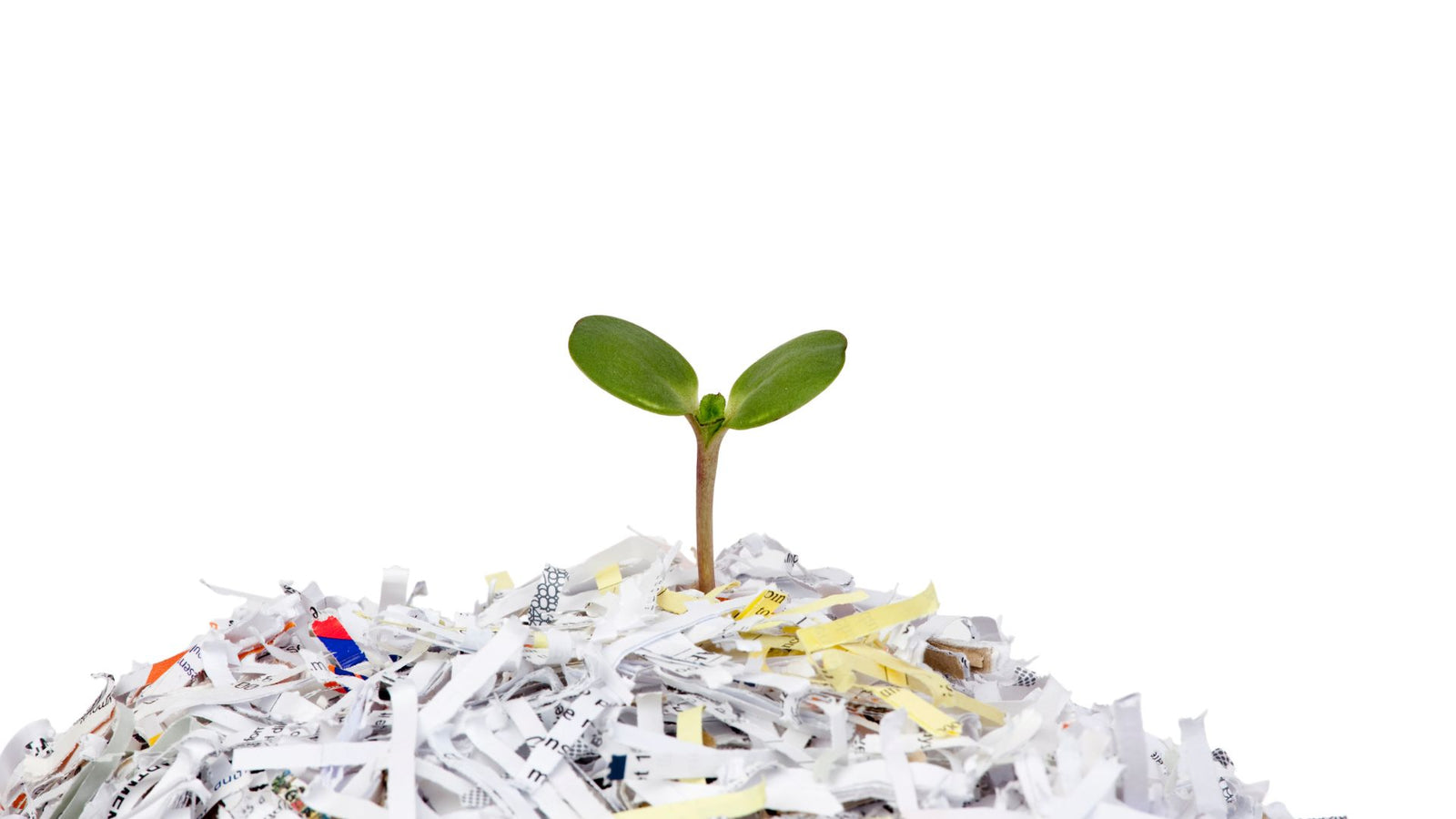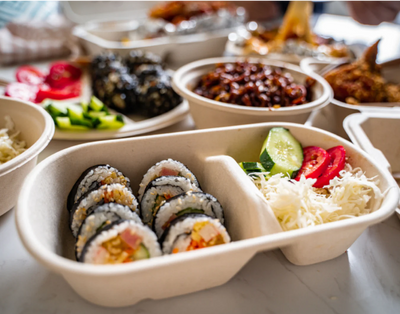In a world where sustainability is becoming more critical, plantable seed paper stands out as a unique, eco-friendly alternative to traditional paper. Not only does it help reduce waste, but it also promotes a greener environment. But what exactly is plantable seed paper, and why should you consider using it? In this guide, we'll explore everything you need to know about plantable seed paper, from its definition and benefits to its various uses.
What is Plantable Seed Paper?

Plantable seed paper, also known as plantable paper, is a type of biodegradable paper embedded with seeds. When planted in soil, the paper breaks down, allowing the seeds to germinate and grow into plants, flowers, or herbs. Made from recycled materials, plantable seed paper combines the art of papermaking with sustainable gardening, offering an innovative way to reduce environmental impact.
How is Plantable Seed Paper Made?

The process of making plantable seed paper involves blending recycled paper pulp with seeds. The mixture is then spread out and dried into sheets. Since the paper is made without harsh chemicals or dyes, it remains safe for the environment and ensures that the seeds can sprout when planted. This eco-friendly manufacturing process aligns with sustainable practices, making plantable paper a popular choice for those looking to reduce their carbon footprint.
Benefits of Plantable Seed Paper
- Reduces Waste: Plantable seed paper is fully biodegradable and compostable, which means it doesn’t contribute to landfill waste. Instead, it transforms into beautiful plants that enhance the environment.
- Promotes Biodiversity: By planting the seeds embedded in the paper, you can help grow a variety of plants, flowers, and herbs, supporting local wildlife and ecosystems.
- Eco-Friendly Alternative: Made from recycled materials, plantable paper minimizes the need for new resources, reducing the environmental impact associated with traditional paper production.
- Adds a Personal Touch: Whether used in invitations, business cards, or stationery, plantable seed paper adds a unique and thoughtful touch, showing a commitment to sustainability.
Uses of Plantable Seed Paper
Plantable seed paper can be used in a variety of creative ways, making it a versatile choice for personal, business, and promotional purposes. Here are some popular uses:
- Wedding Invitations: Impress your guests with wedding invitations made from plantable seed paper, which they can later plant to grow flowers, herbs, or vegetables, creating a lasting memory of your special day.
-
Greeting Cards: Send eco-friendly greetings with plantable seed paper cards for birthdays, holidays, and other special occasions, allowing your message to bloom into something beautiful.

- Business Cards: Make a sustainable statement with plantable business cards that not only represent your brand but also promote environmental consciousness.
- Event Promotions: Use plantable paper for flyers, brochures, or promotional materials, ensuring your event leaves a positive impact on the planet.
- Notebooks: Opt for plantable seed paper notebooks for your everyday notes, journaling, or sketches. Once you've filled the pages, plant the cover or select pages to grow new life, making your stationery both functional and environmentally friendly.
How to Plant Plantable Seed Paper

Planting plantable seed paper is simple and rewarding. Follow these easy steps to watch your paper turn into plants:
- Prepare the Soil: Choose a pot with good drainage or an outdoor area with loose, fertile soil. Moisten the soil slightly.
- Plant the Paper: Place the plantable seed paper on the soil surface and cover it lightly with a thin layer of soil, about 1/8 inch thick.
- Water Gently: Water the paper thoroughly after planting, ensuring it is well-moistened but not waterlogged.
- Sunlight and Care: Place the pot in a sunny spot or garden area with plenty of natural light. Keep the soil moist by watering regularly, but avoid overwatering.
- Watch it Grow: With proper care, the seeds will germinate, and you'll soon see sprouts emerging. Continue watering as needed, and enjoy your new plants!
Conclusion
Plantable seed paper is more than just an eco-friendly alternative to traditional paper—it's a small step towards a greener planet. By choosing plantable paper, you’re not only reducing waste but also contributing to the growth of nature. Whether you're planning an event, sending a greeting, or looking for a sustainable business solution, plantable seed paper offers a unique way to make a positive impact.


